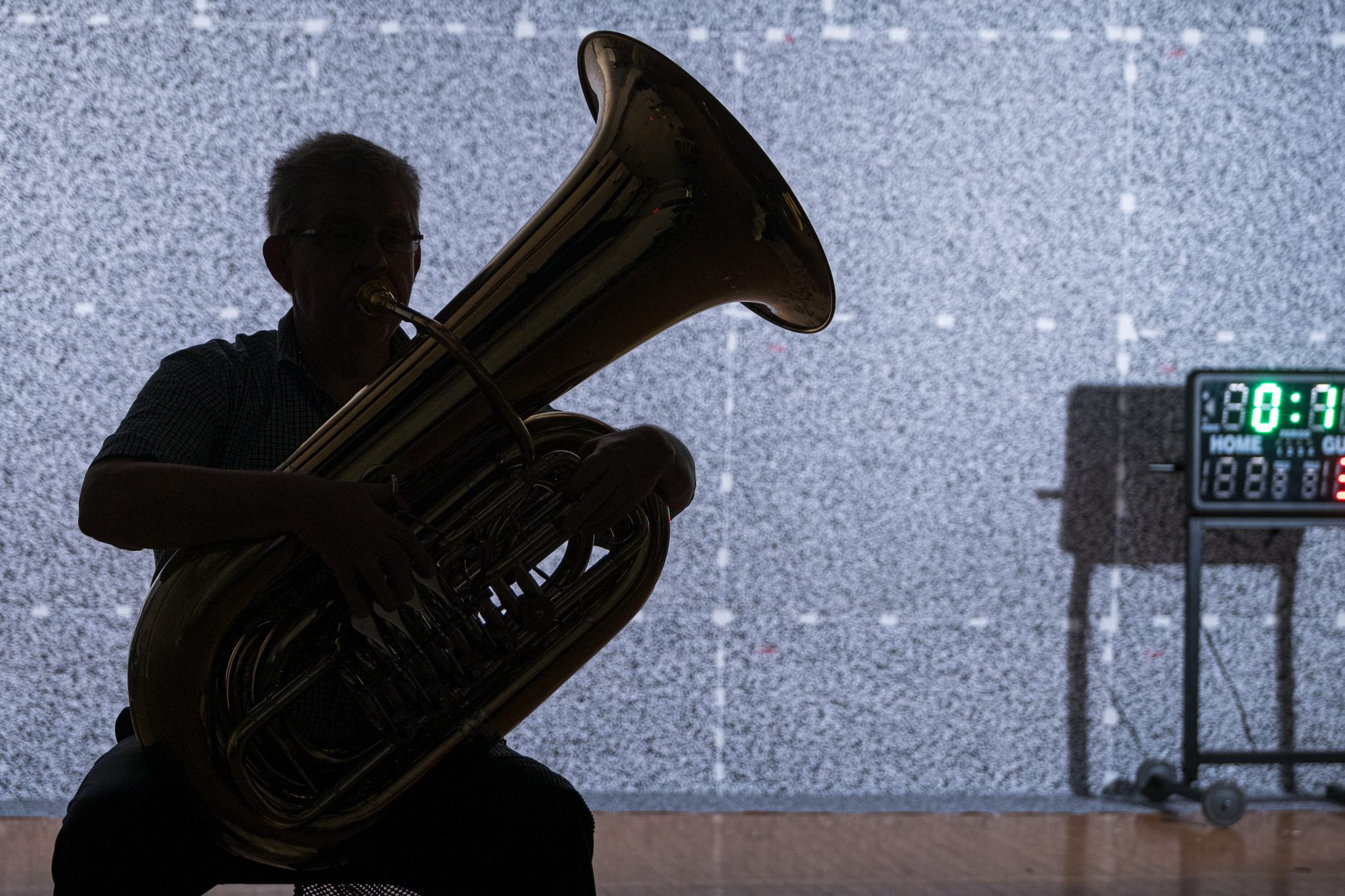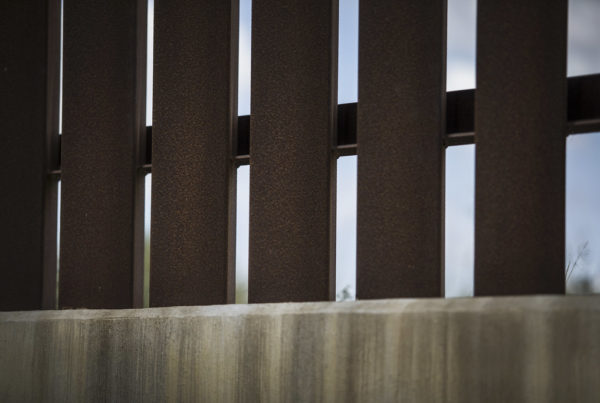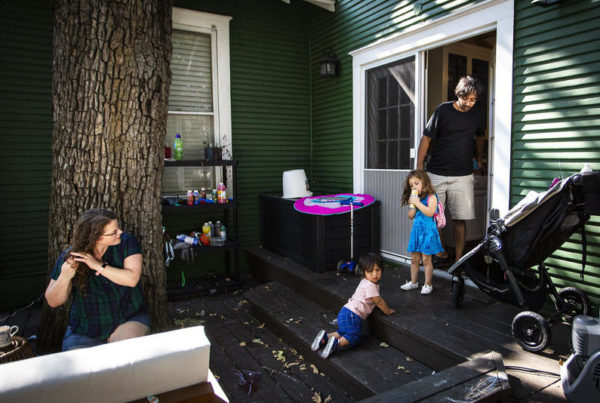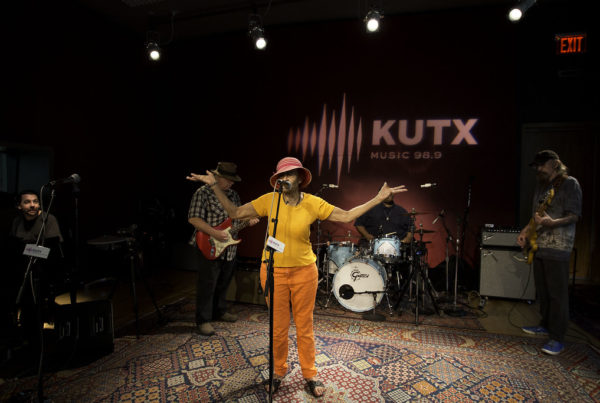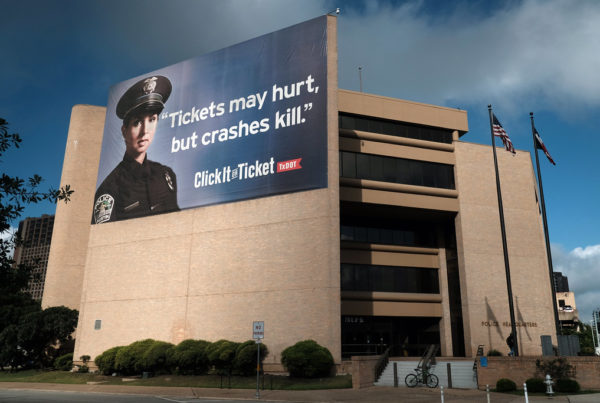From Houston Public Media:
When the Houston Symphony opened its 2018-19 season with Mahler’s 2nd symphony, they brought in a choir and extra artists, packing 250 musicians on the stage at Jones Hall for the piece’s finale.
But now, with the recommended six-feet of social distance for COVID-19, things are a little different.
“With the six feet we can fit between 35 and 40 musicians on the Jones Hall stage,” said John Mangum, CEO of the Houston Symphony. “Some of the big pieces that we’d announced for chorus and large orchestra are probably impossible until there’s a vaccine.”
But Mangum said he and other orchestra members also started to wonder if 6-feet of social distance is sufficient for musicians — and if it applies to all instruments the same. Do air particles from a tuba travel the same distance as particles from a flute or someone singing?
“Some people were saying, ‘Oh my gosh, you know you put so much work and put so much air into your wind and brass instrument, I’m sure it’s much more than six feet,'” he said. “And then other people saying, ‘Well, actually, I think the tubing probably catches a lot of it, and there’s probably not much air coming out.’ And, you know, everybody had a hypothesis, right?”
A few studies out of Europe have looked at this question. But Mangum said the symphony, along with Rice University researchers and the Shepherd School of Music wanted to study it for themselves — and make that data public.
“All with the goal of figuring out how to get musicians back together on stage, in a safe way, but perhaps with a little more nuance than the blunt everybody has to be 6-feet way from everybody else,” said Mangum.
The results could have major financial implications for the arts, an industry that has taken a big hit from COVID-19. From April to July, Houston’s arts economy lost over 42,000 jobs and over one billion dollars in sales. The Houston Symphony laid off 21 staff members and cut their annual budget by about 30%.
Many artists want to perform on stage again, but questions still remain about how to do that safely for a live audience — and the Rice engineers hope to use science to provide clarity for musicians.
“The timing is of the essence because every day that goes by these organizations are losing more and more money. It’s threatening the future of the art form, quite frankly,” said Robert Yekovich, dean of the Shepherd School of Music.
“It’s been pretty bad for musicians,” said Houston symphony flutist Judy Dines. She said she misses the thrill of playing onstage.
“I think the best thing in the world, is playing all those big, huge works,” she said. “Just to have that many people doing the same thing at the same time I think is amazing.”
Dines said at the beginning of the pandemic she even set up her own home experiment using an air diffuser to try to see how far the spray from her flute travels. She said she worries the flute might be one of the worst offenders.
“The flute just kind of blows air into the wild, into nothing,” she said. “So it did feel like, ‘hmmm the flute might actually be a bit of a problem.’”
Dines said she’s looking forward to concrete answers from the researchers.
“It’s a positional thing for me, like what’s the best place to put a flute player so that anything I’m blowing should dissipate by the time it reaches somebody else,” she said.
To answer this, Rice engineer Ashok Veeraraghavan said they’re looking at how far microdroplets travel when musicians perform. The only problem? You can’t see them.
“They’re like small pieces of glass,” he said. “You need to devise new kinds of imaging instruments that can accentuate the effects of these microdroplets on light, and therefore be able to capture that.”
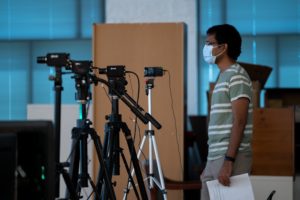
Microdroplets are invisible to the naked eye. So Rice researchers are using a high-speed camera and an imaging technique known as Schlieren photography to capture them.
So the team will use a high-speed camera and an imaging technique, called Schlieren photography, that’s designed to capture flowing air. To understand how it works, Veeraraghavan said to think of driving on a hot summer day.
“The air is really warm and rising. If you look far away, you will see the background, or the things that you see, may look like they are slightly shimmering. You might see slight motions of the background,” he said.
He said it’s the rising heat that causes the light to slightly bend over time as it travels from the object to your eyes.
“So that small change is what you perceive as scintillation or the slight background motion,” Veeraraghavan said.
He said the technique they use exploits this mirage phenomenon. Musicians play in front of a highly textured background designed for the experiment. Instead of hot air rising from asphalt, microdroplets, or airflow, from the performers cause the light to bend.
“This bending of lightwaves may only cause a few tens to hundreds of micron change in the direction, but that is sufficient to be imaged by our imaging instrument,” he said.
The greater the concentration of microdroplets, the more the background will appear to move in the video captured by the team’s camera. Using algorithms, the researchers will then be able to measure which musicians produce the most microdroplets — and how far they travel.
“How far do these microdroplets travel before they fall to the ground? And how dense are they at different distances? Those are the measurements we are trying to obtain,” Veeraraghavan said. “Once we have these measurements then you want to turn it around into a safe design environment for performers.”
Many musicians say they hope the study will show they can safely play closer together.
“I do think it’s going to be less than 6-feet. I’ll be disappointed if it ends up being 6-feet to tell you the truth,” said Mark Hughes, the principal trumpet with the Houston Symphony.
He said he misses playing big pieces, and also the farther apart you are, the harder it is to play as a group.
“Sound doesn’t travel at the same speed of light. It’s much slower,” he said. “And so in the increased spacing between us, we can’t rely on just playing with what we hear. We have to rely more on our eyes.”
For now, the Houston symphony plans to return to Jones Hall later this month with a live audience. To start, they’ll use the standard 6-feet of distance and play smaller pieces.
The symphony plans to adjust what they perform each month based on the latest updates with COVID-19. And once the research from Rice is wrapped up, they might be able to expand their repertoire.
“We’re really trying to see if there’s data that supports less than that six feet of distance between maybe certain groups of musicians, or maybe there’s particular instruments that that are safer than others,” Mangum, the Houston Symphony CEO, said. “The way that orchestras sit on stage has been kind of fixed for 200 years, and it may be that we have to come up with a new way for the orchestra to sit on stage, a different way, to allow for the aerosols produced by these different instruments and their players, but one that will still allow for really artistically top-level performances to happen.”


